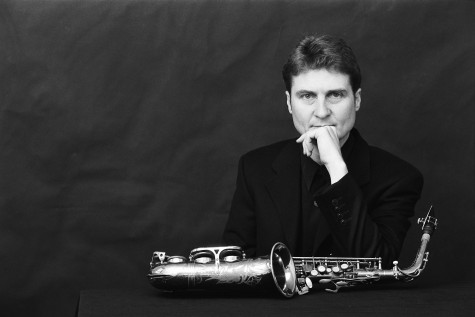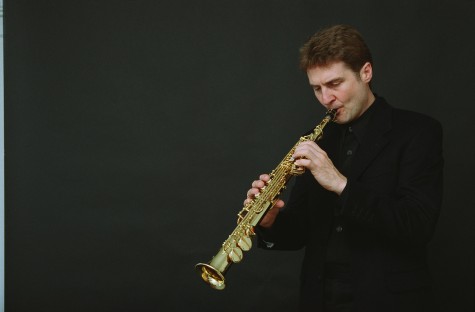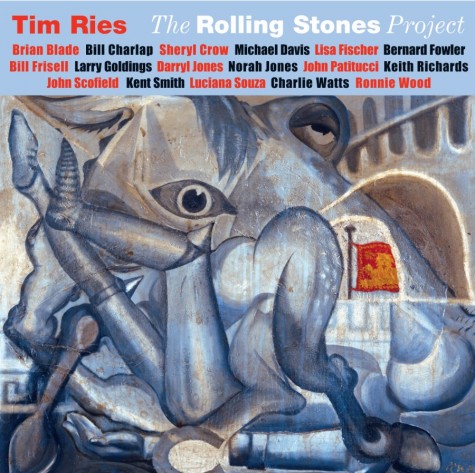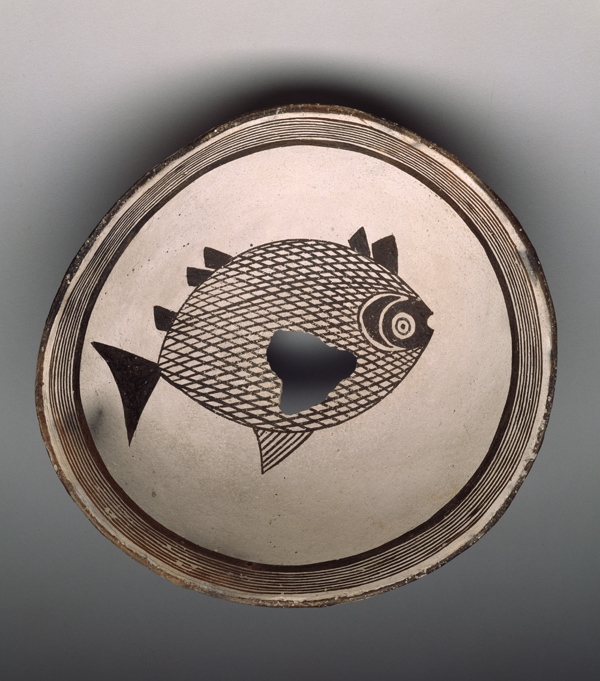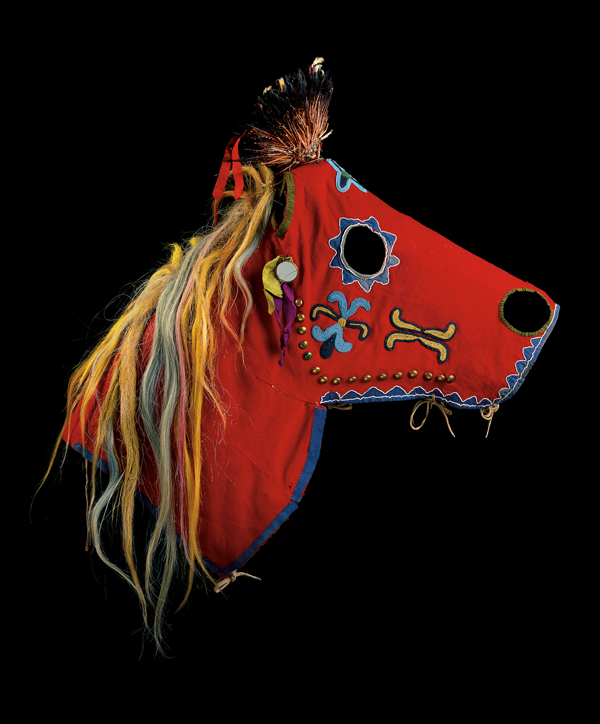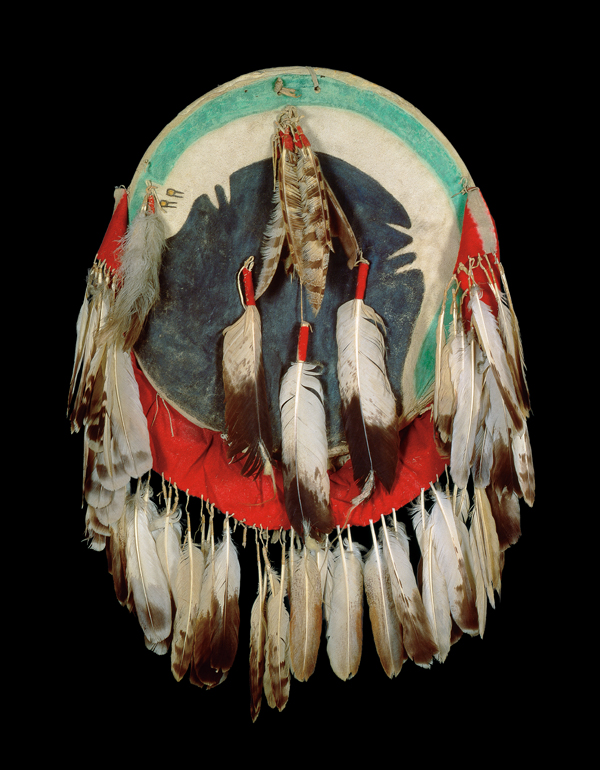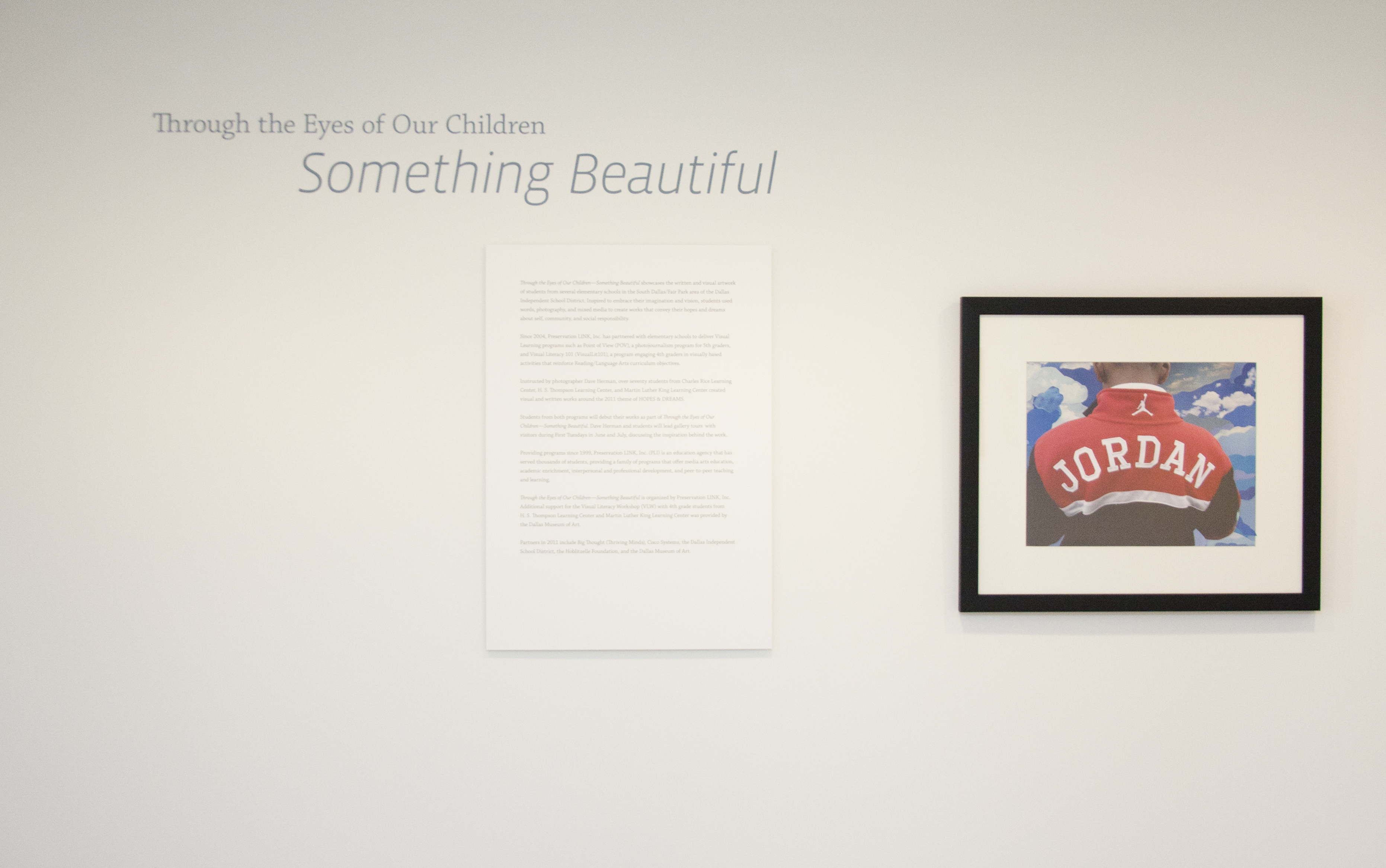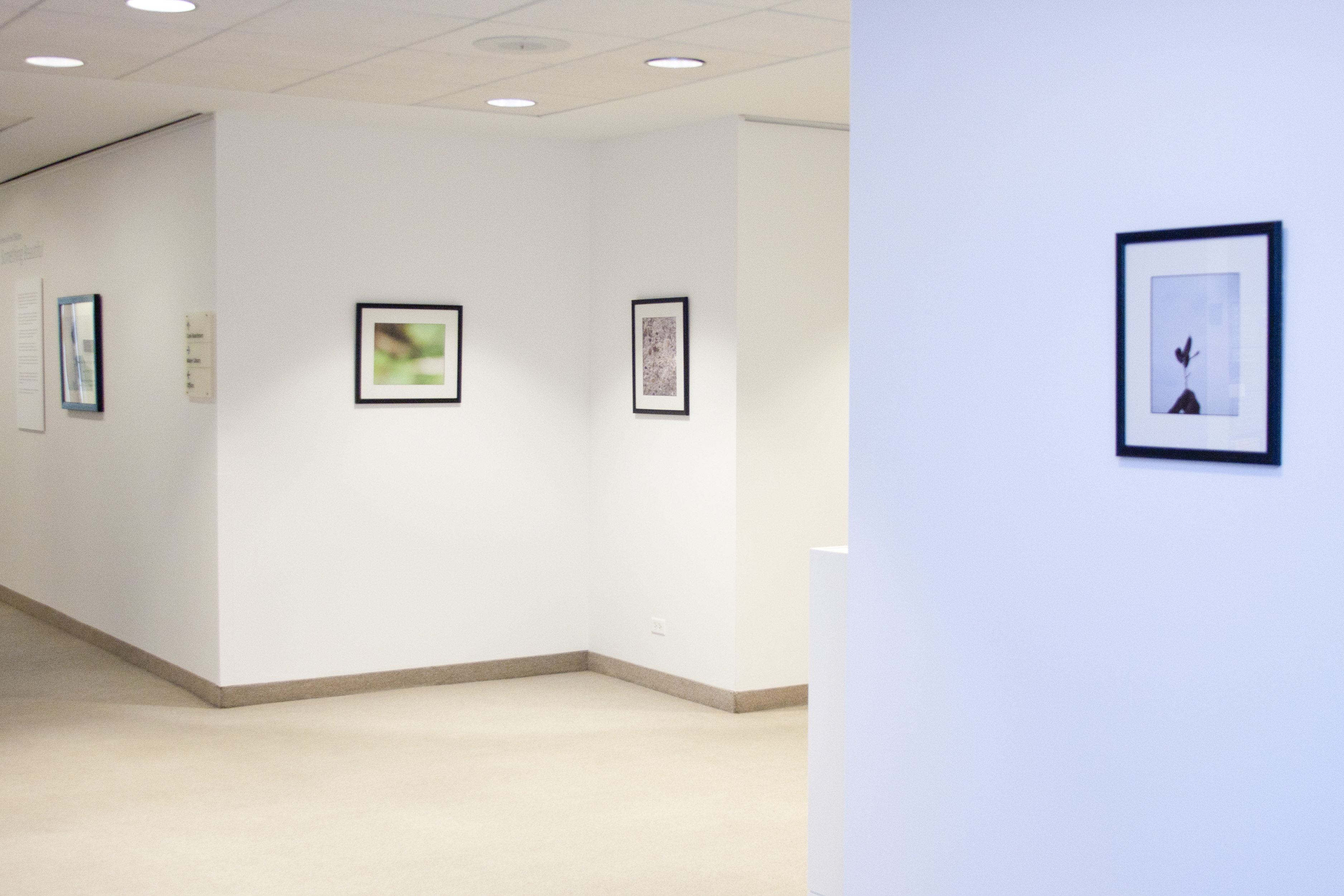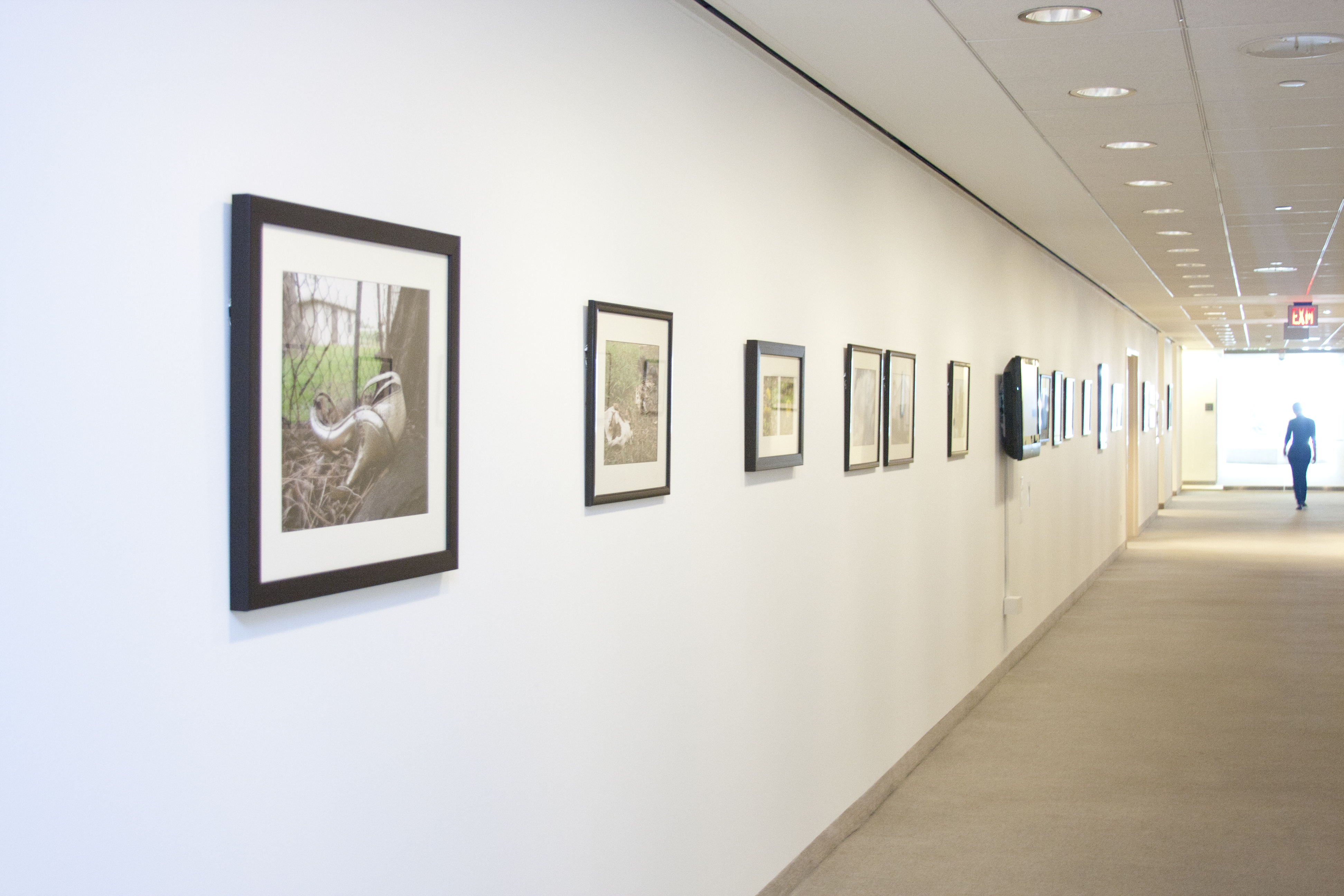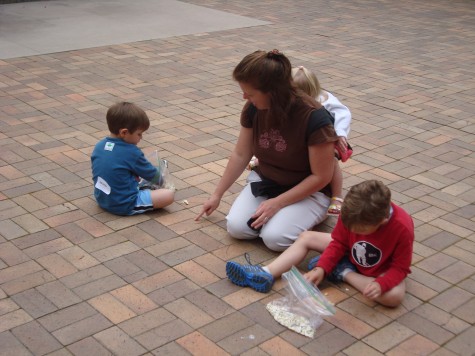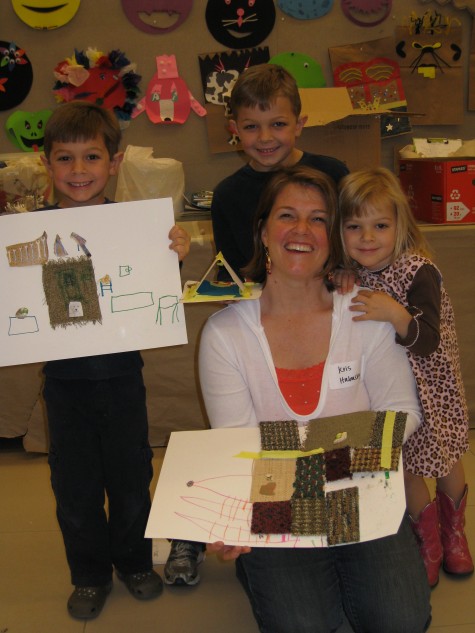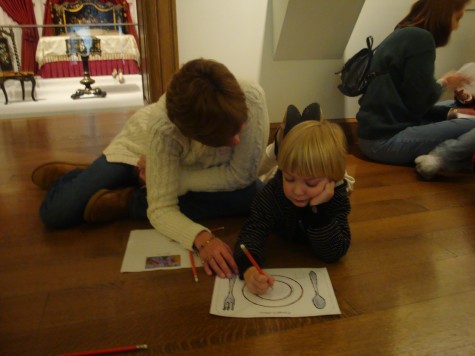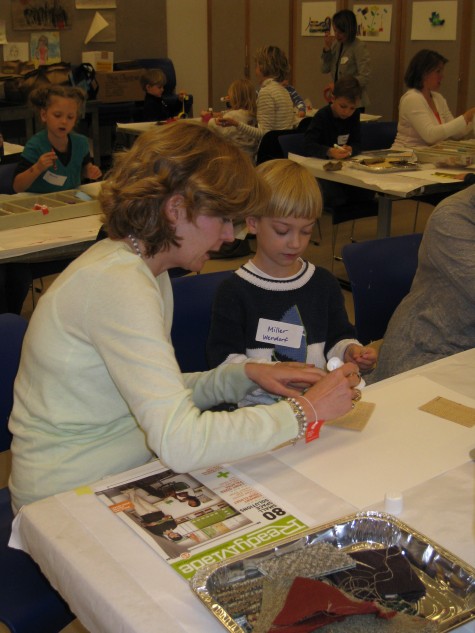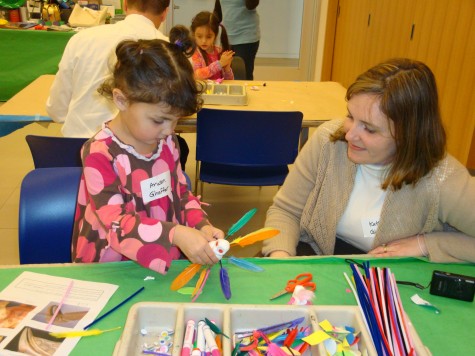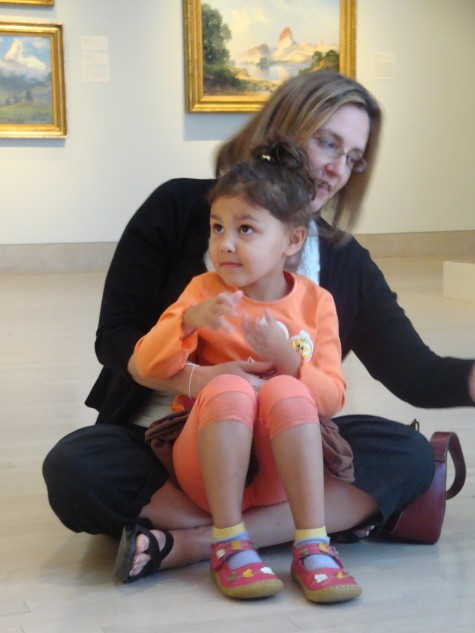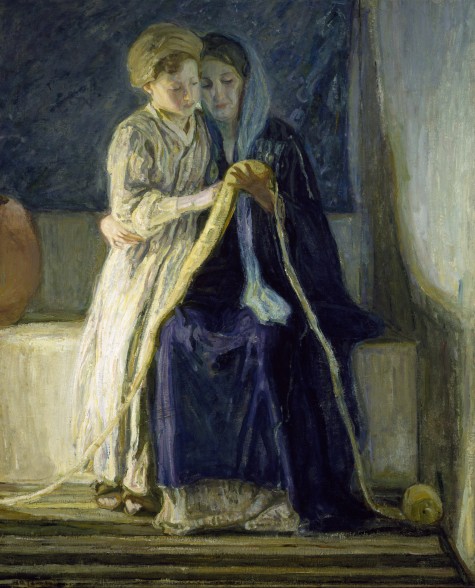Growing up, I loved to read. I looked forward to trips to the library, and the arrival of the Scholastic Book Fair was always the highlight of my school year. I’m still an avid reader today, and I have a soft spot for children’s literature and young adult fiction (Harry Potter, and yes, even Twilight). So imagine my delight when it was announced last month that Rick Riordan, author of the Percy Jackson and the Olympians series, was one of the featured keynote authors for the DMA’s first ever BooksmART Festival.
What exactly is the BooksmART Festival? It is a day-long free event put together by the DMA’s Arts & Letters Live team. On Saturday, June 11th, visitors of all ages can enjoy presentations, book signings, and hands-on demonstrations from a wide array of award winning authors and illustrators. A complete listing of participants can be found on our Web site. A schedule of events – including storytelling, musical performances, and tours led by our Teen Docents – will be available shortly.
In preparation for the BooksmART Festival, I interviewed my colleague and friend, Katie Hutton. Katie is the Interim Head of Arts & Letters Live, and one of the great minds behind the festival.
How long have you worked at the DMA?
I have worked at the Dallas Museum of Art for almost six years. I started as a McDermott Adult Programming Intern for a year and then worked for four years as Program Manager for Arts & Letters Live. Last November, I took over as Interim Head of Arts & Letters Live.
Describe your job as the Interim Head of Arts and Letters Live.
Arts & Letters Live is the literary and performing arts series at the Dallas Museum of Art. We are celebrating our 20th anniversary season this year and have featured some of the greatest names in contemporary literature and the performing arts.
I oversee approximately thirty-five to forty Arts & Letters Live programs each season. I work with the Director of Programming and the Arts & Letters Live team to plan each season and implement the programs. I have found that the writers, actors and artists we bring in are some of the most thoughtful and interesting people I have ever met.
During your five years with Arts and Letters Live, which author has left you the most star-struck? Why?
Ooooh, that’s a good question. I was definitely a little star-struck by Gary Paulsen, author of the children’s adventure novel, Hatchet. I read that book more times than I can count when I was growing up, so it was a real thrill to get the chance to meet the man behind the story.
I was also definitely star-struck by Tony Kushner. I was a drama minor in college and loved Angels in America. Tony Kushner was so smart and funny. Getting to have dinner with him and get a sneak peek into the next play he was working on is one of the highlights of my time with Arts & Letters.
How did the idea for the BooksmART Festival come about?
The idea was born about a year-and-a-half ago. We have had a BooksmART series as part of Arts & Letters Live for a number of years, in which we brought in children’s and young adult authors and illustrators. We have developed a terrific, loyal audience base for this series over the years.
What we found, however, was that these events were cost-prohibitive for some people, and we wanted to find a way to reach a broader cross-section of the Dallas community. We decided to shift the emphasis to a day-long free festival featuring something for everyone. We hope that our loyal BooksmART audiences will come and celebrate with us, and that we will also get new visitors to the Museum to discover and embrace all that the DMA has to offer.
Which BooksmART Festival author are you most looking forward to hearing speak?
I am especially excited about Norton Juster, author of The Phantom Tollbooth, which celebrates its 50th anniversary this year. I heard Norton Juster at the National Book Festival last fall. He is in his eighties but still has this boyish zeal for life.
I am also very excited about Cynthia Leitich Smith. A fellow Texan, she has such an incredible range to her work. She writes for very young children right up through older teens. I find that very admirable. I also love the ways she has incorporated her Native American heritage into her stories.
My hope is that people will perhaps come to hear an author they are more familiar with but will stay and discover some new favorite authors while they are here.
Manager of Docent Programs and Gallery Teaching

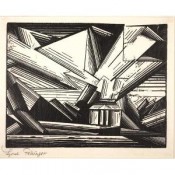
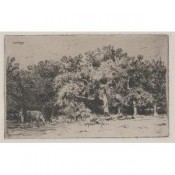
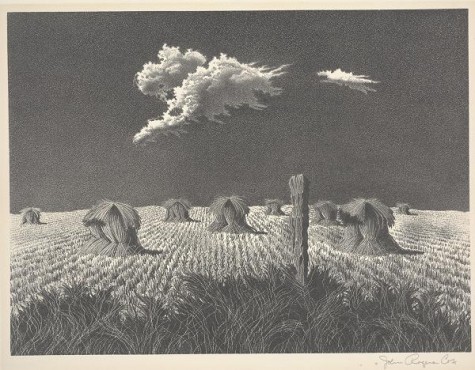
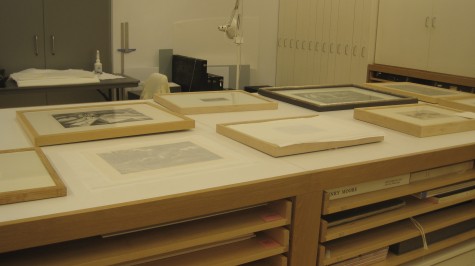
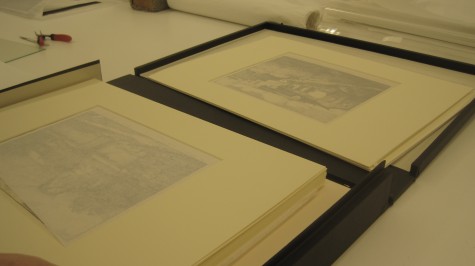
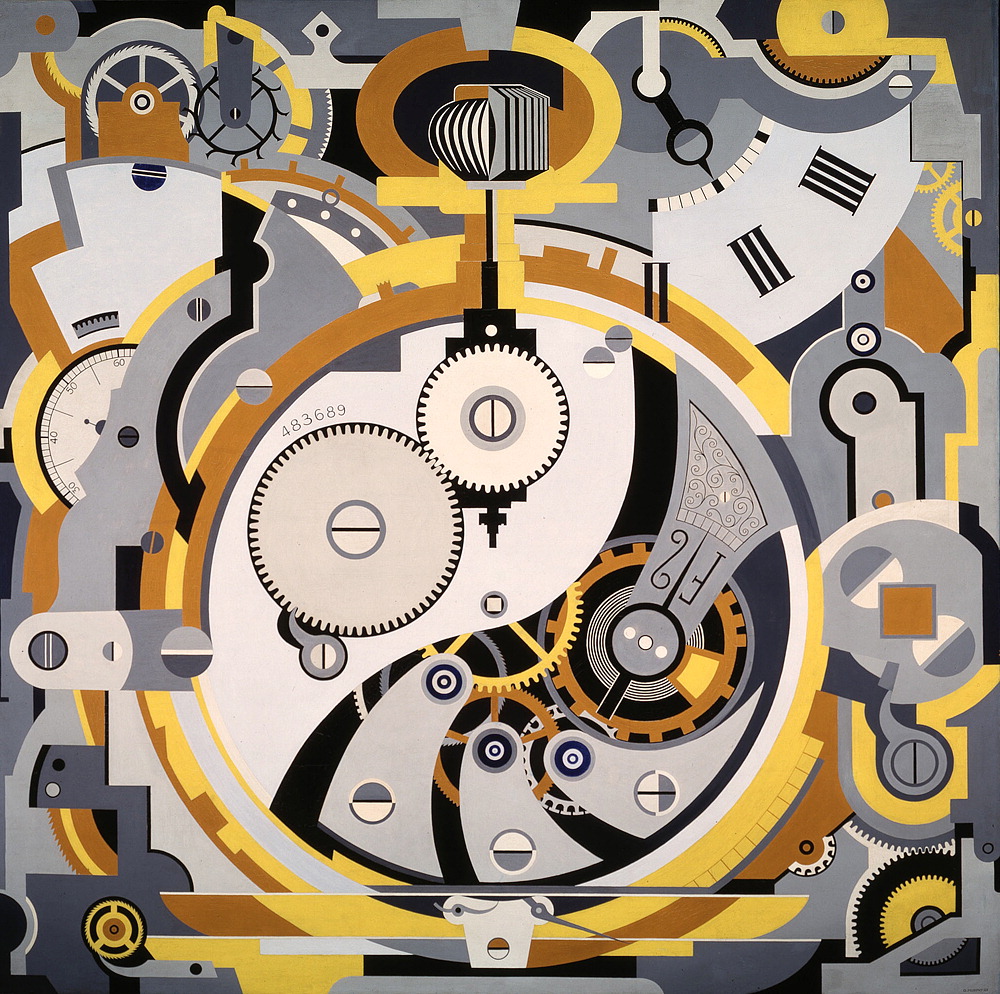
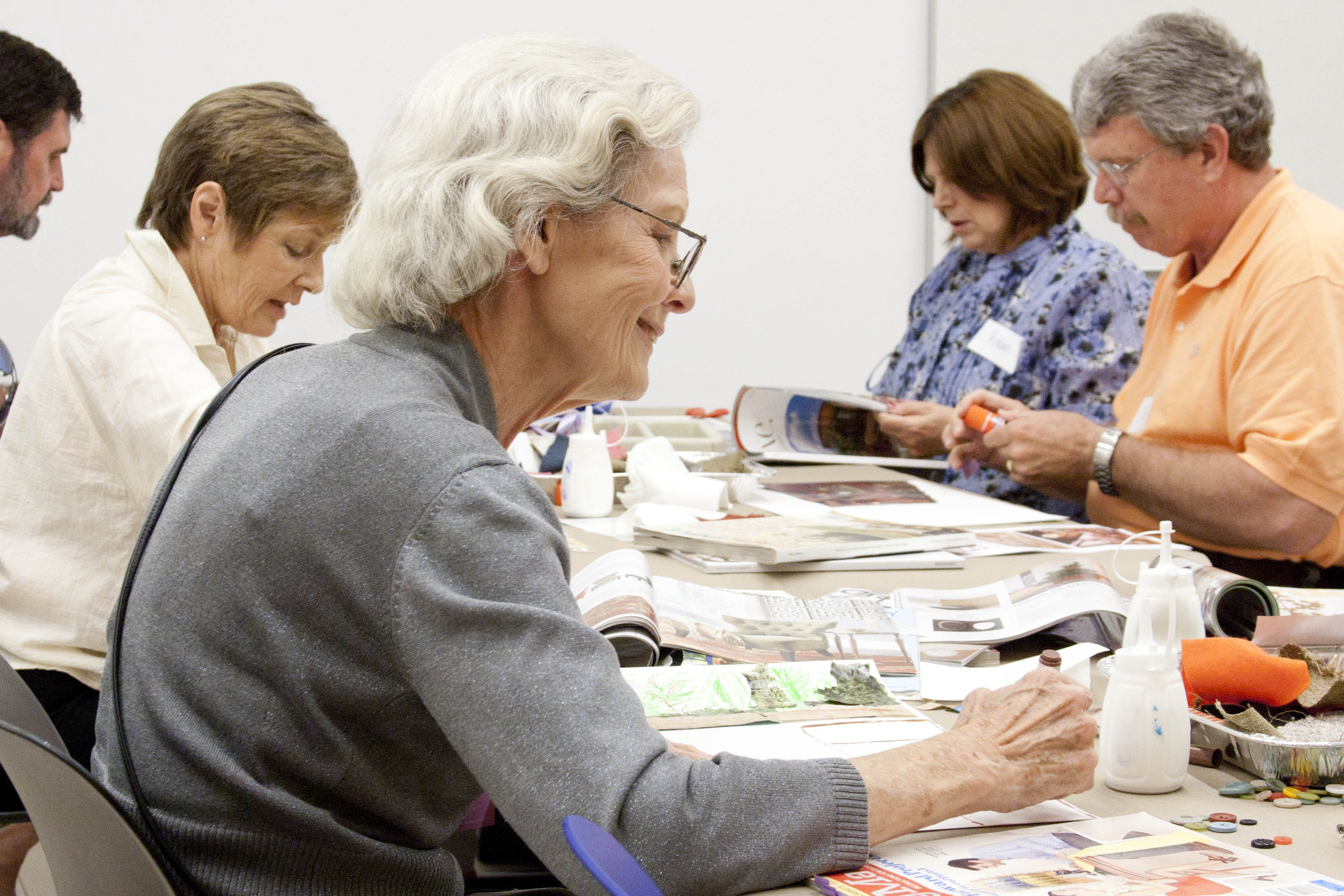
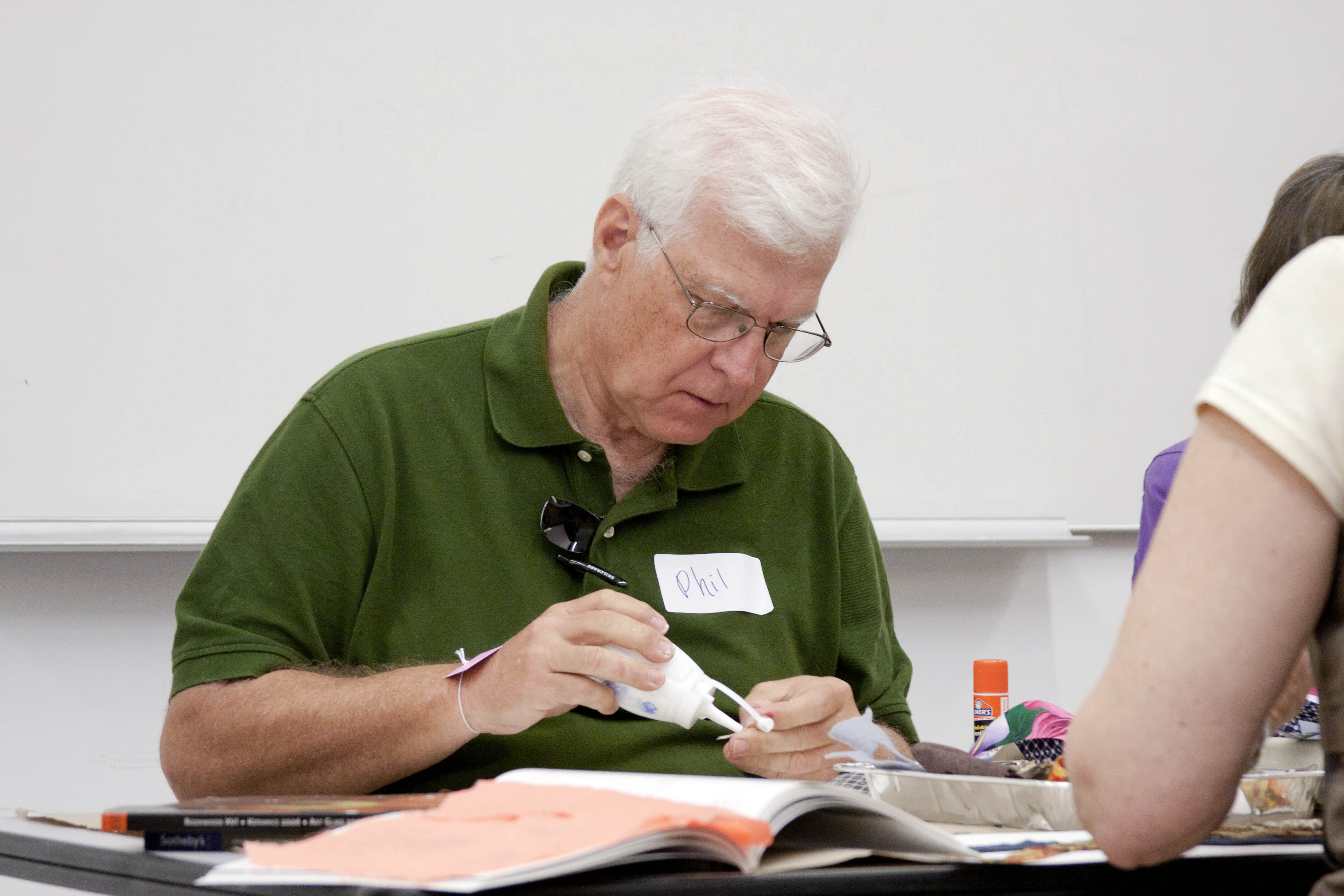
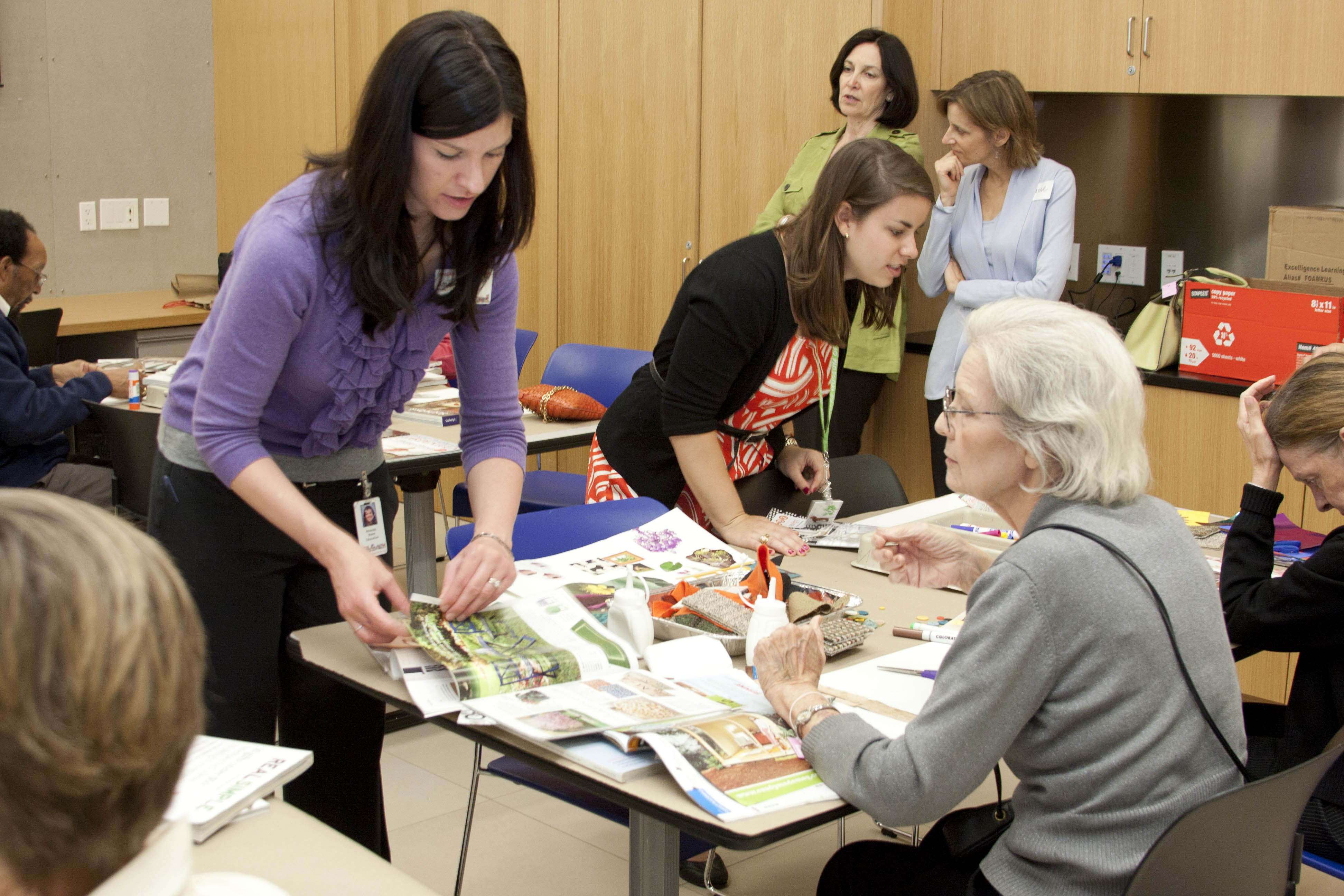
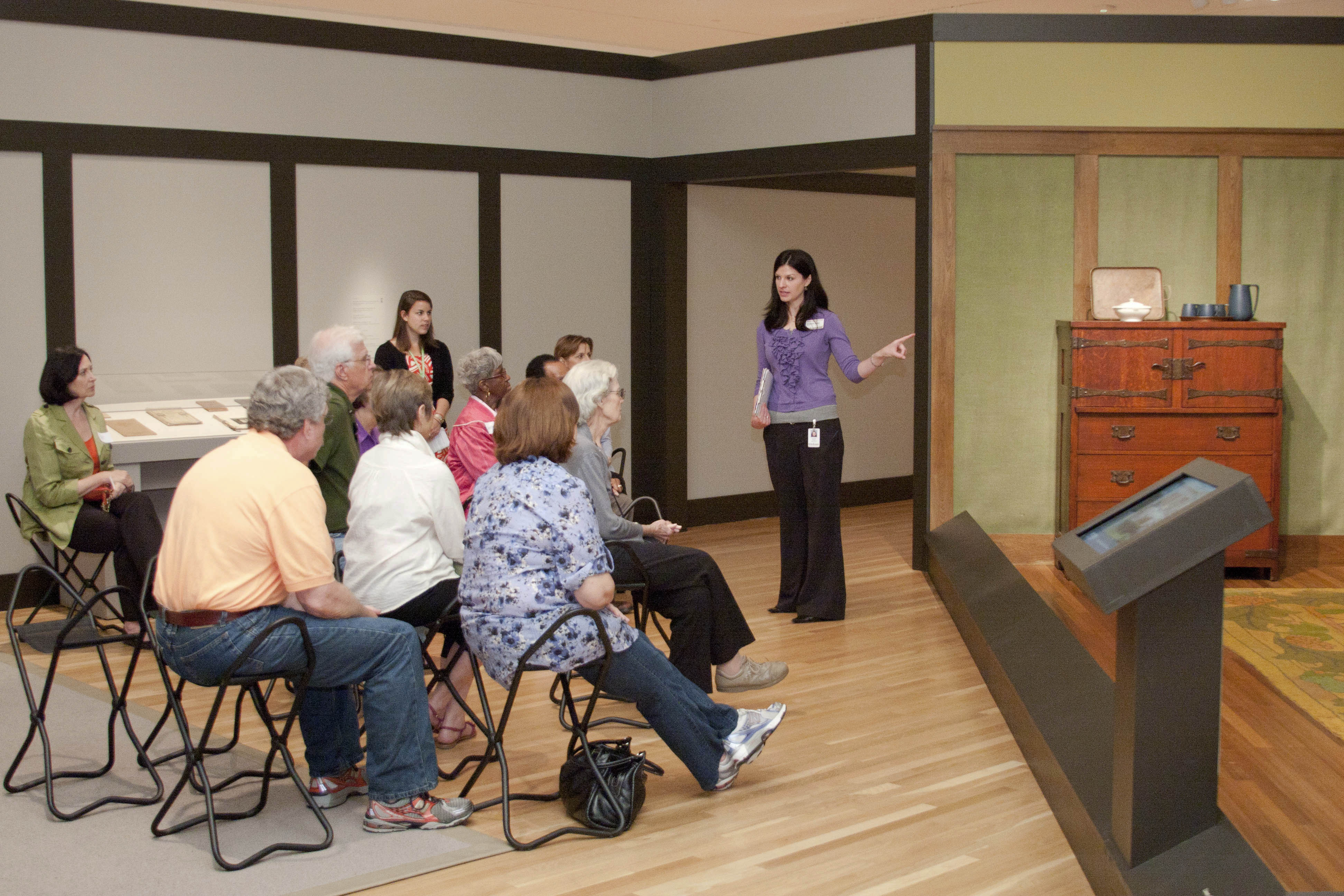


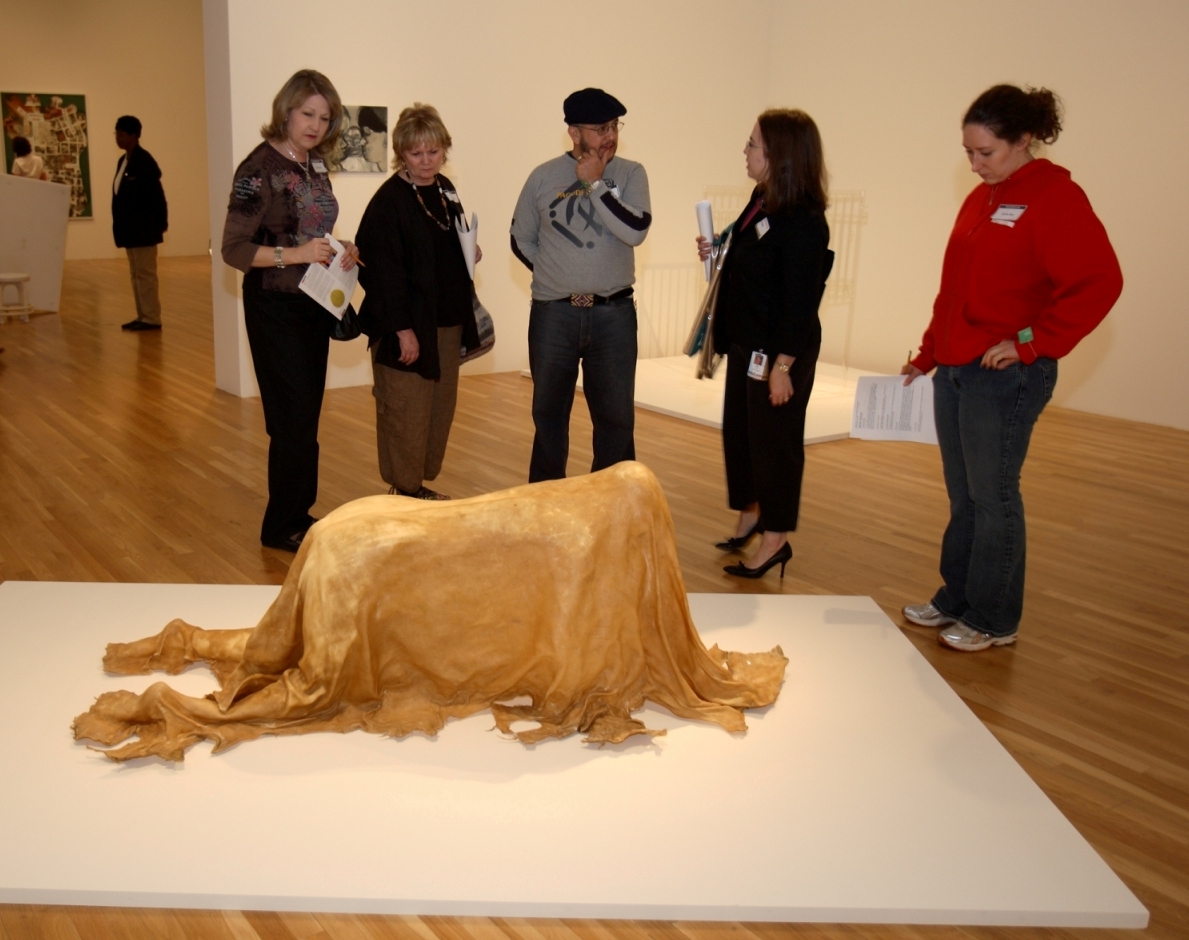
 Art of the American Indians: The Thaw Collection
Art of the American Indians: The Thaw Collection